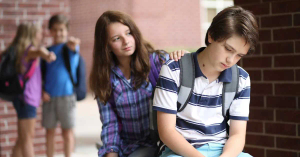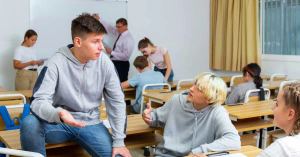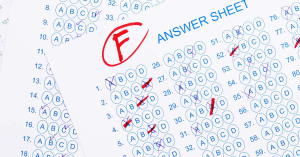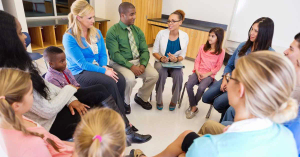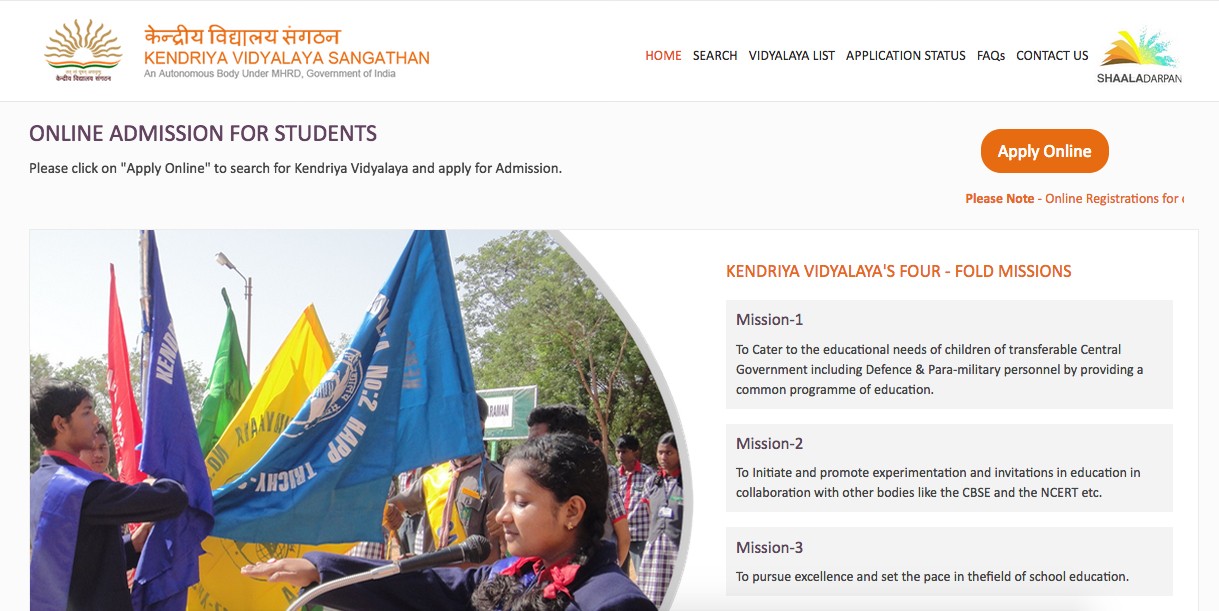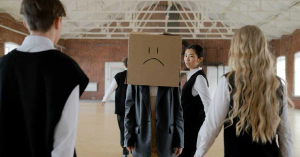Failure is often seen as a setback, something to be avoided at all costs. The word itself tends to evoke negative emotions—embarrassment, frustration, and disappointment. However, in reality, failure is an essential and unavoidable part of the learning journey. It plays a critical role in developing the kind of skills that lead to long-term success. By teaching students to embrace mistakes as natural and necessary components of growth, we can change how they approach challenges. Instead of fearing failure, students can learn to see it as a valuable opportunity to grow, develop resilience, and ultimately succeed.
The Fear of Failure: How It Limits Learning
For many students, failure is synonymous with inadequacy. They fear it because they believe that mistakes reflect poorly on their abilities. This fear often leads students to play it safe, sticking to familiar paths and avoiding taking risks. While this approach can prevent immediate setbacks, it also prevents students from reaching their full potential and stifles creativity.
The fear of failure can be particularly detrimental to academic growth. When students shy away from challenging subjects or new experiences, they miss out on opportunities to expand their skills and knowledge. They become more focused on avoiding mistakes than on actually learning. This fear-based mindset not only affects their academic performance but also impacts their ability to adapt to changing circumstances, solve problems creatively, and think critically.
In contrast, when students learn to embrace mistakes, they begin to understand that failure is not the opposite of success—it's part of the path toward it. Mistakes provide valuable feedback that can help identify areas of weakness, clarify misunderstandings, and guide learning efforts more effectively. A student's error becomes a learning point—an opportunity to delve deeper into a concept and solidify their understanding.
The Growth Mindset: Redefining Success and Failure
Research in educational psychology suggests that students who are encouraged to view mistakes as an inevitable and essential part of the learning process tend to develop what is called a “growth mindset.” Popularized by psychologist Carol Dweck, a growth mindset revolves around the belief that abilities and intelligence are not fixed traits, but rather can be developed through dedication, effort, and hard work.
Students with a growth mindset understand that failure is a part of the learning curve—not an indicator of a lack of intelligence. They see their potential as something that can grow and improve over time with perseverance and effort. This perspective fundamentally changes how students perceive challenges. Instead of avoiding difficulties out of fear of failure, they actively seek them out, knowing that overcoming obstacles is a crucial part of personal and academic development.
In contrast, students with a “fixed mindset” often see failure as a sign that they are simply not good enough. They believe their abilities are fixed and unchangeable, which can lead to frustration and a reluctance to even try when faced with difficulties. Encouraging a growth mindset can shift this narrative, helping students understand that intelligence and talent are dynamic, and that mistakes are just steps along the path to mastery.
Creating a Positive Learning Environment: Encouraging Risks and Curiosity
For students to develop a growth mindset, it’s essential that they are in a supportive and positive learning environment—one that celebrates effort, persistence, and curiosity rather than simply rewarding the right answers. Teachers and parents play a crucial role in creating an atmosphere where mistakes are seen not as failures but as important milestones on the path to understanding.
Educators can model a healthy response to failure by sharing their own experiences with mistakes and demonstrating how they overcame them. By showing that even teachers and adults make mistakes, students come to understand that errors are a normal part of the learning process for everyone, regardless of age or ability. Teachers should also praise students for the effort they put in, rather than for their innate abilities. This kind of praise encourages students to focus on the process of learning rather than the outcome, which makes them more likely to take on challenging tasks without fear of failure.
Moreover, creating opportunities for students to experience productive struggle is an essential component of fostering resilience. Productive struggle is the kind of difficulty that pushes students slightly beyond their comfort zone but remains within their capability to solve with effort and persistence. When students are allowed to engage in this type of struggle, they learn to manage their frustration and build problem-solving skills. Teachers should also provide constructive feedback, focusing on what students did well and what they can improve, rather than just pointing out mistakes. This kind of feedback helps students see failure as an opportunity to learn, rather than as a judgment of their abilities.
Learning from Failure: Reflection and Growth
Failure offers students the opportunity to reflect, reassess, and adjust their strategies. It’s through the process of analyzing what went wrong that meaningful learning takes place. When students are encouraged to reflect on their mistakes, they can identify what led to the failure, understand their misconceptions, and come up with strategies to improve in the future. This reflective process turns failure into a powerful tool for learning.
For example, consider a student who struggles with a math problem and gets the wrong answer. Instead of viewing the incorrect solution as a personal failure, they can be guided to understand where their thought process went awry. This approach encourages students to take ownership of their learning, motivating them to explore different problem-solving methods until they find the correct one. Over time, they develop not only a better understanding of the subject but also the resilience needed to face future challenges.
In addition to fostering academic growth, learning from failure helps students develop emotional resilience. Resilience—the ability to bounce back from setbacks—is an invaluable life skill. In an academic setting, resilience means that students are more willing to tackle difficult tasks, knowing that failure is a possibility but not a permanent setback. They learn that failure is simply feedback, not a final judgment on their abilities. This resilience will serve them well not just in school but in all aspects of life, from career challenges to personal relationships.
The Role of Teachers and Parents: Modeling Positive Attitudes Toward Failure
Both teachers and parents have a significant impact on how students perceive failure. If adults in a child’s life view failure negatively, emphasizing only success and correct answers, the child is likely to develop a fear of making mistakes. On the other hand, when teachers and parents embrace failure as a learning opportunity, children are more likely to do the same.
Parents can help by encouraging their children to try new activities and praising their efforts rather than the outcome. Whether it’s learning a new musical instrument, attempting a challenging puzzle, or trying out for a sports team, parents should focus on the process and the effort involved. This teaches children that their worth isn’t tied to their success, but rather to their willingness to learn and grow.
Teachers can also incorporate strategies into their classrooms that normalize mistakes. They can introduce activities that involve trial and error, encourage students to share the mistakes they made and what they learned from them, and create opportunities for students to revise their work based on constructive feedback. By shifting the emphasis away from grades and toward learning, teachers help students internalize the idea that failure is simply part of the learning journey.
Creating a Culture of Resilience: Celebrating Mistakes
Creating a culture that embraces mistakes means encouraging students to take risks, even if it means they might fail. It means celebrating the learning process, not just the final product. When students know that their efforts are valued and that their mistakes will not be met with harsh criticism, they feel safer to explore, experiment, and grow. They become more curious, more willing to tackle difficult problems, and more engaged in their learning.
In a classroom where mistakes are embraced, students are more likely to collaborate and share their thinking. They understand that everyone is learning, and they can learn from each other’s mistakes as well as their own. This collaborative approach fosters a sense of community and mutual support, which further reinforces a positive attitude toward failure.
Conclusion
Ultimately, embracing failure as an integral part of the learning process helps students develop the courage to face challenges, take risks, and explore new possibilities. When students learn to view failure not as an end but as a beginning—a stepping stone toward growth—they build a strong foundation for lifelong learning. They develop resilience, creativity, and a willingness to take on challenges that others might shy away from.
Failure, when framed positively, becomes an experience rich with learning opportunities. It encourages students to persevere, to adapt, and to strive for improvement, no matter how many setbacks they encounter. By changing the narrative around failure, we can help students become well-rounded, confident individuals who are prepared to tackle the complexities of the real world with determination and a growth-oriented mindset. Embracing failure is not about celebrating mistakes for their own sake—it’s about celebrating the learning, growth, and resilience that come from facing those mistakes and coming out stronger on the other side.


